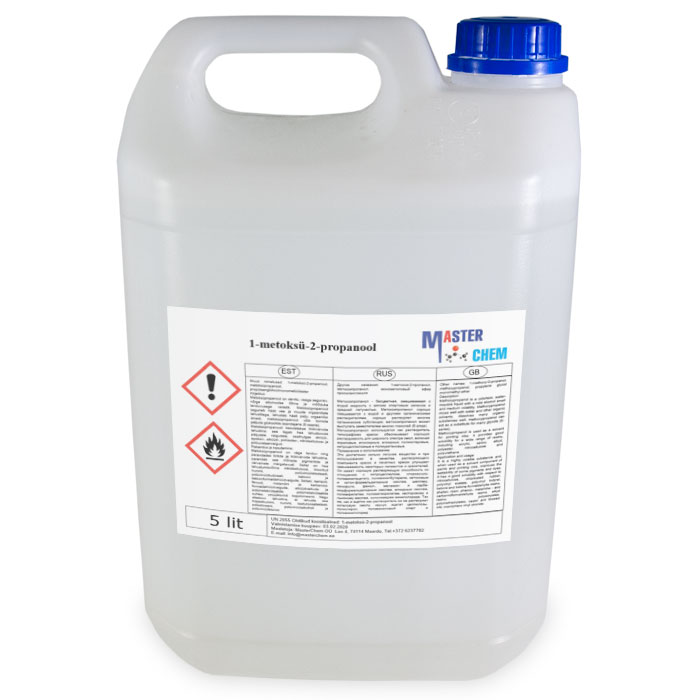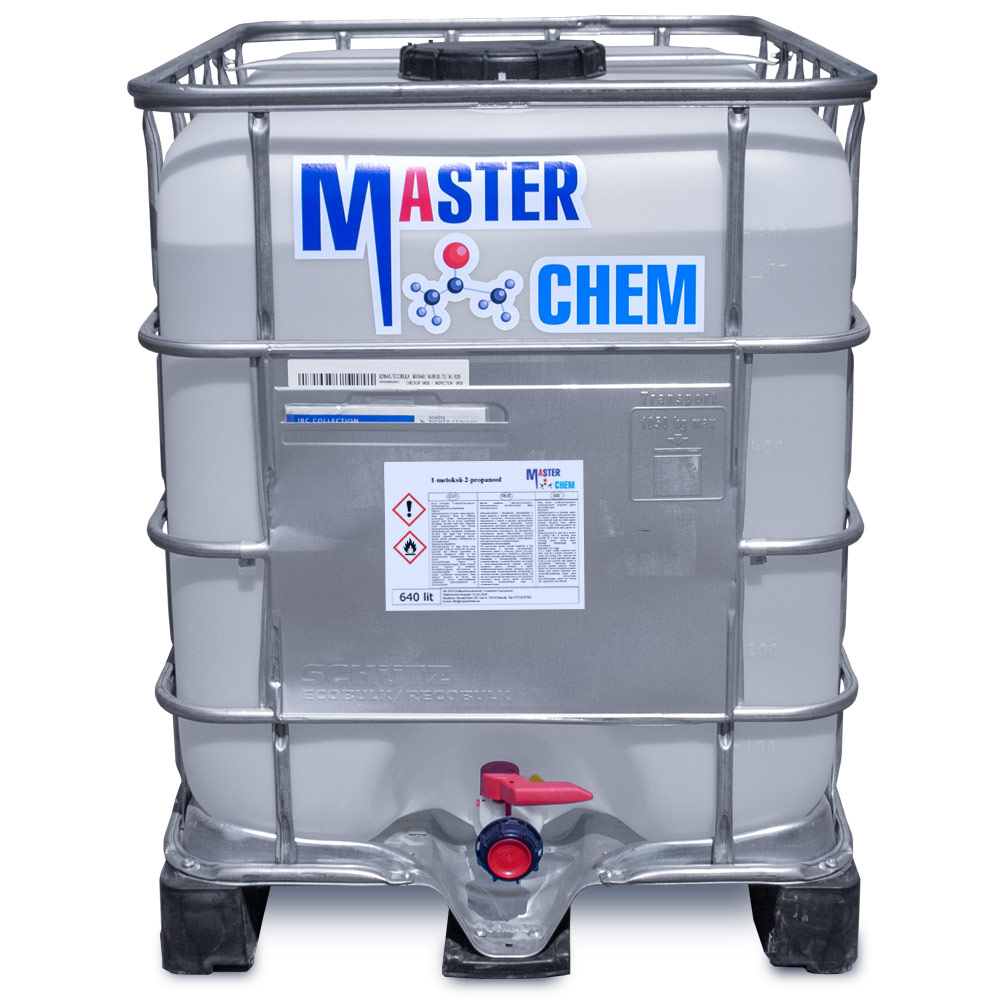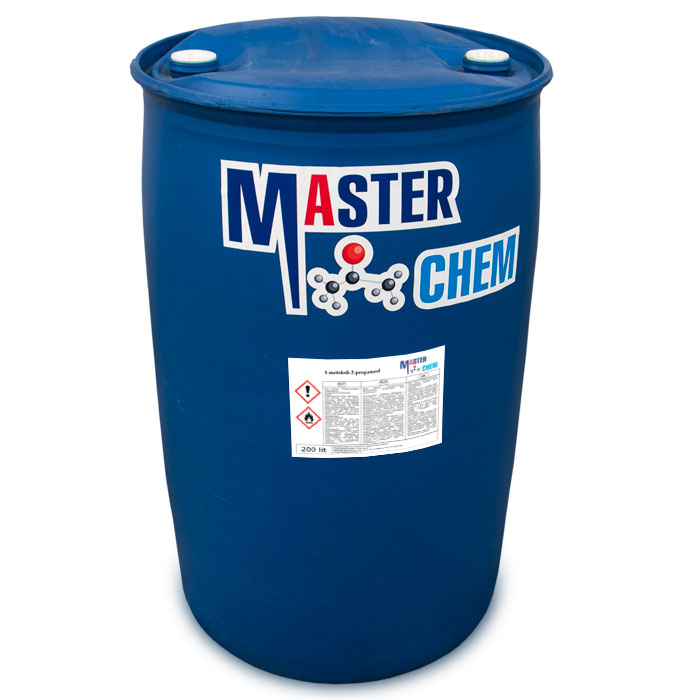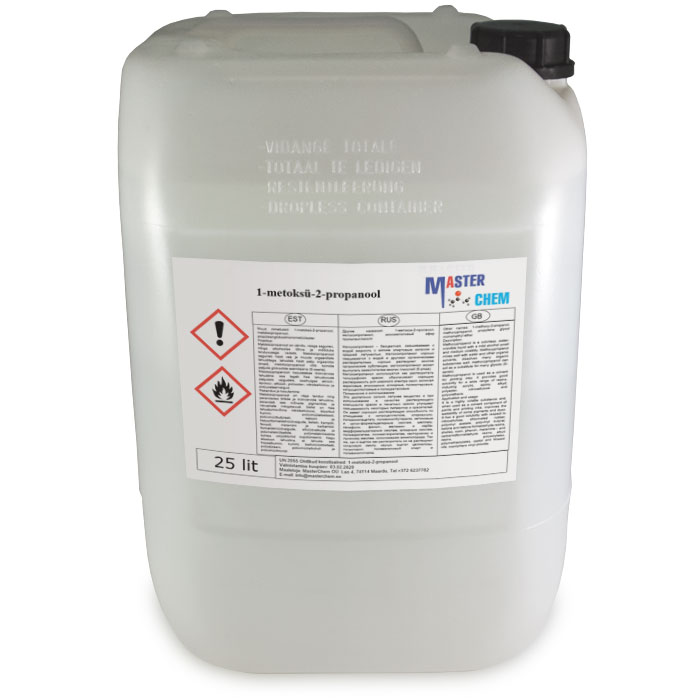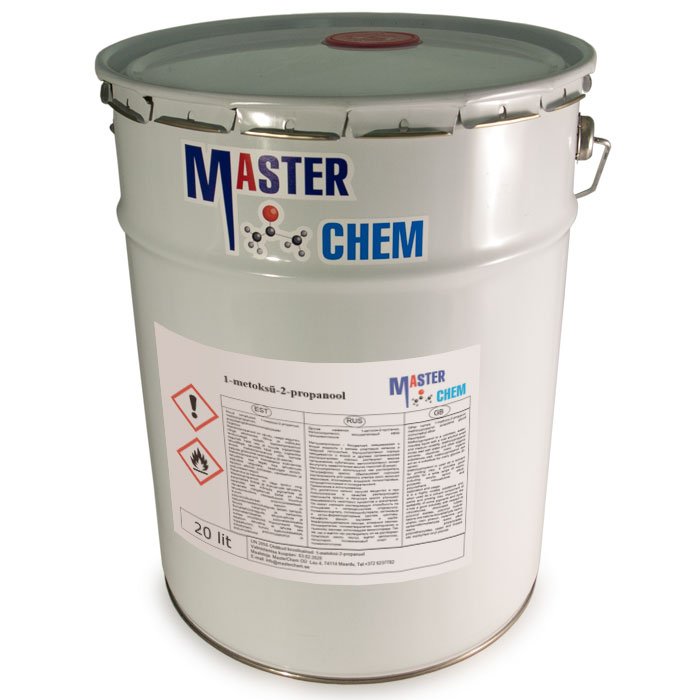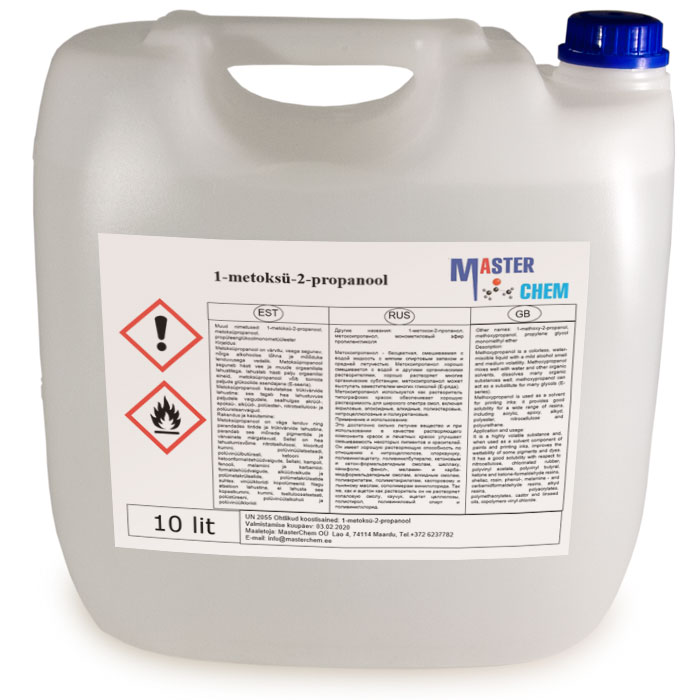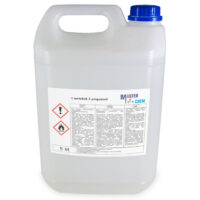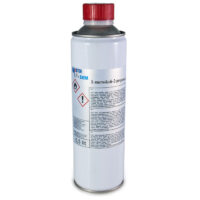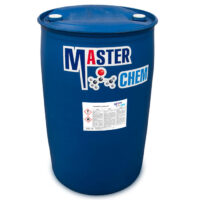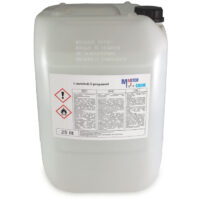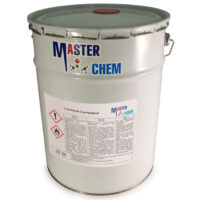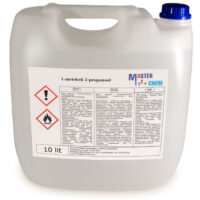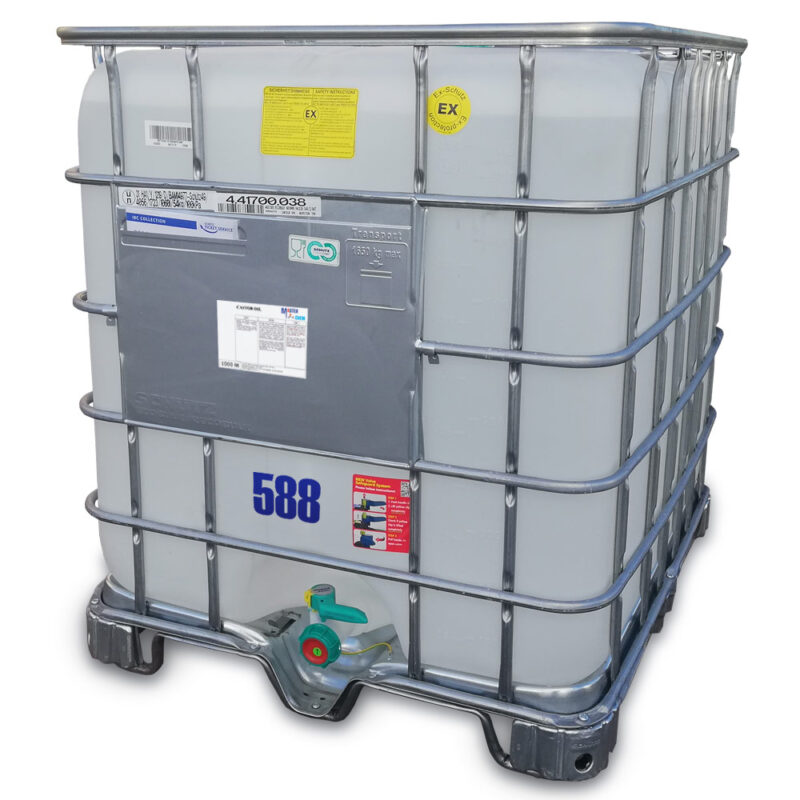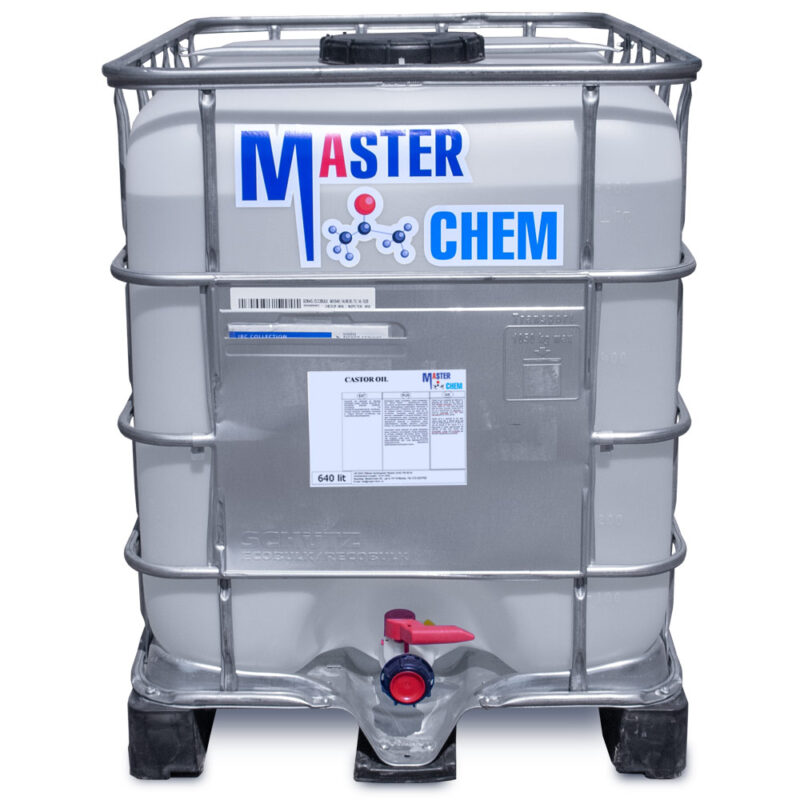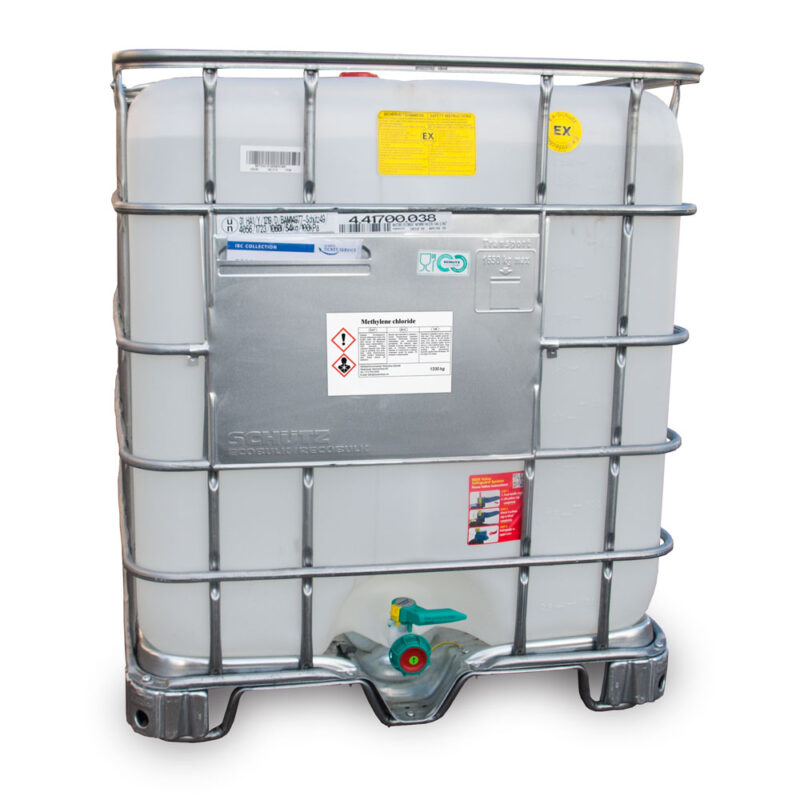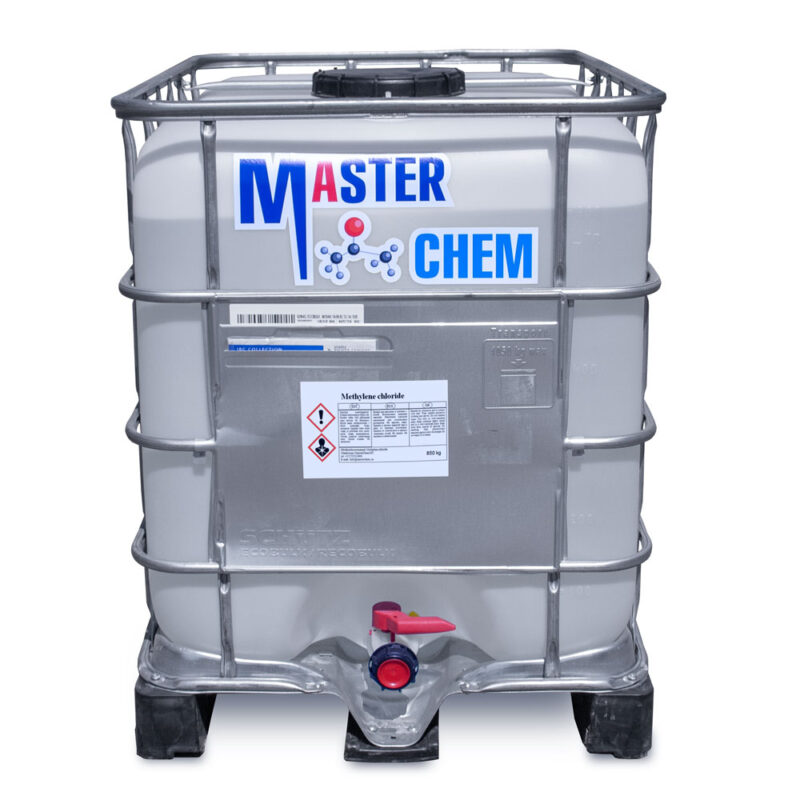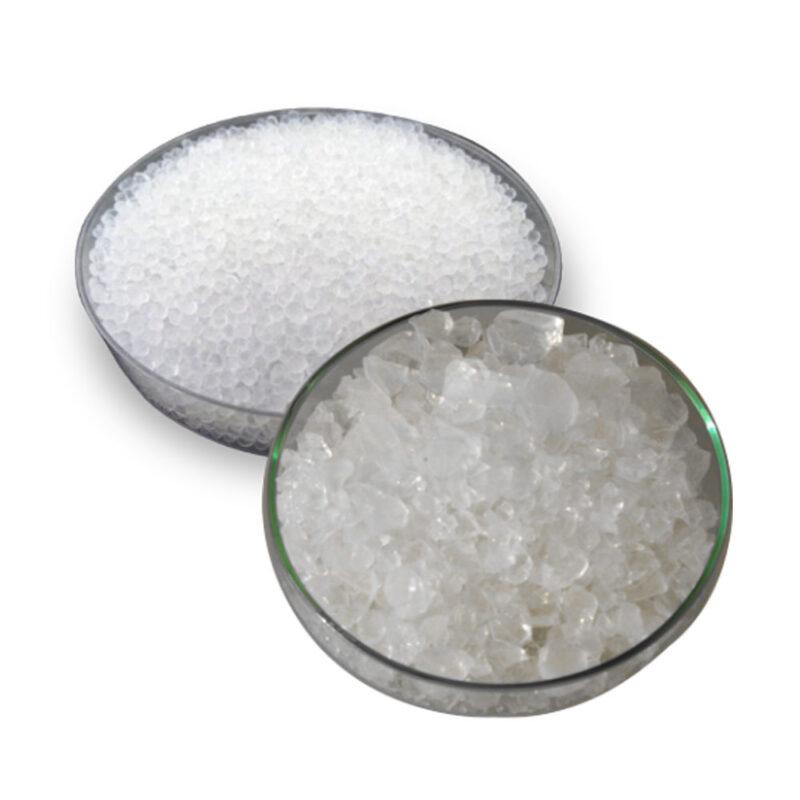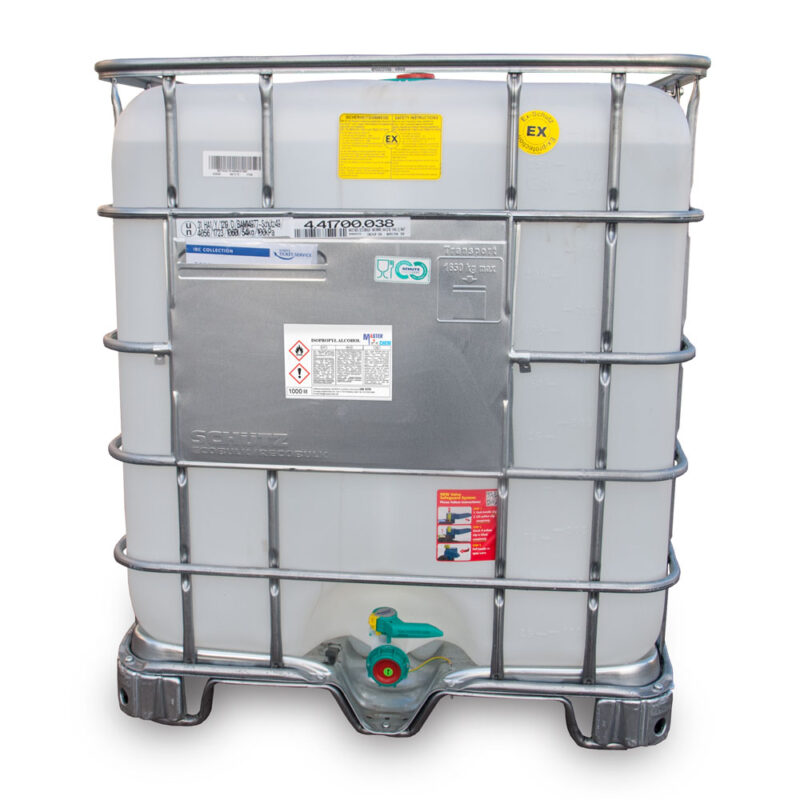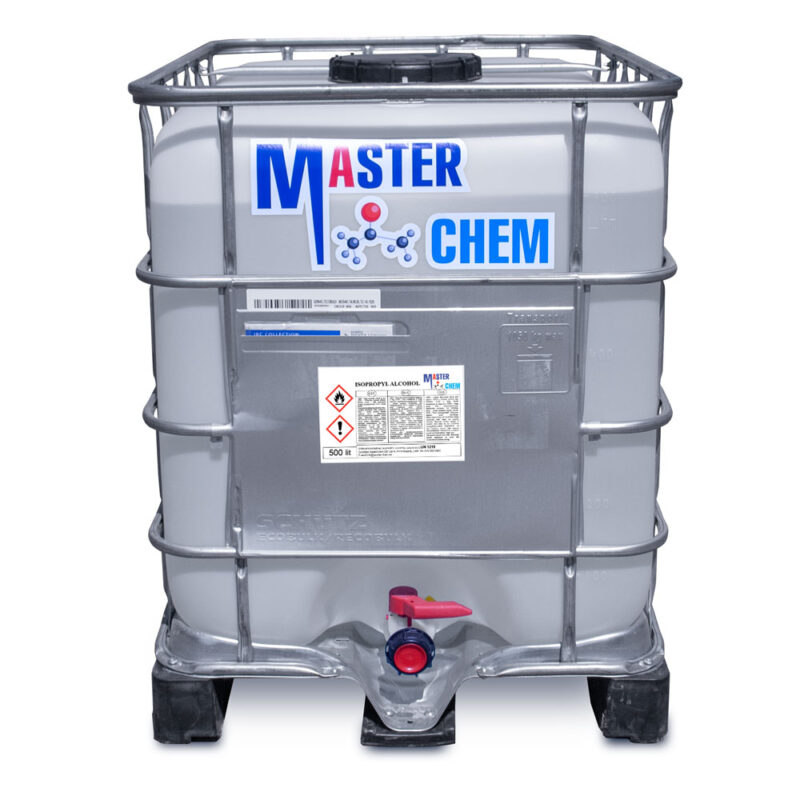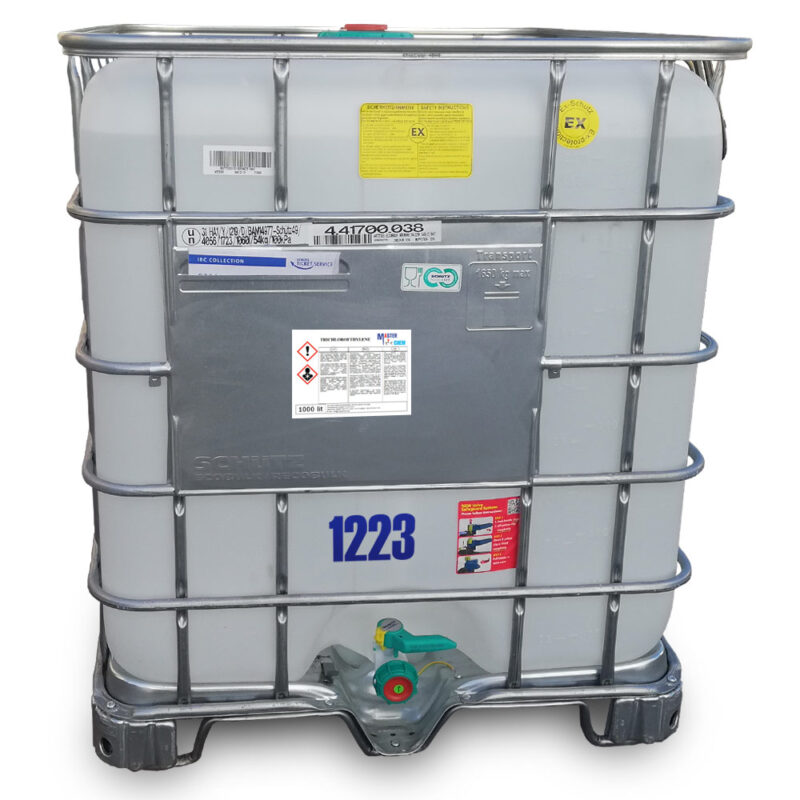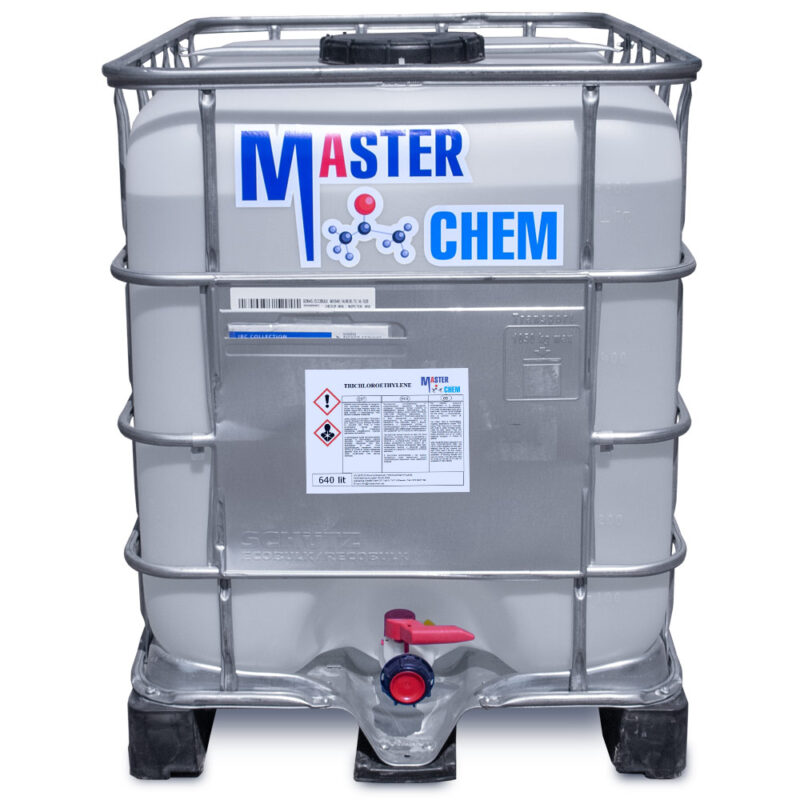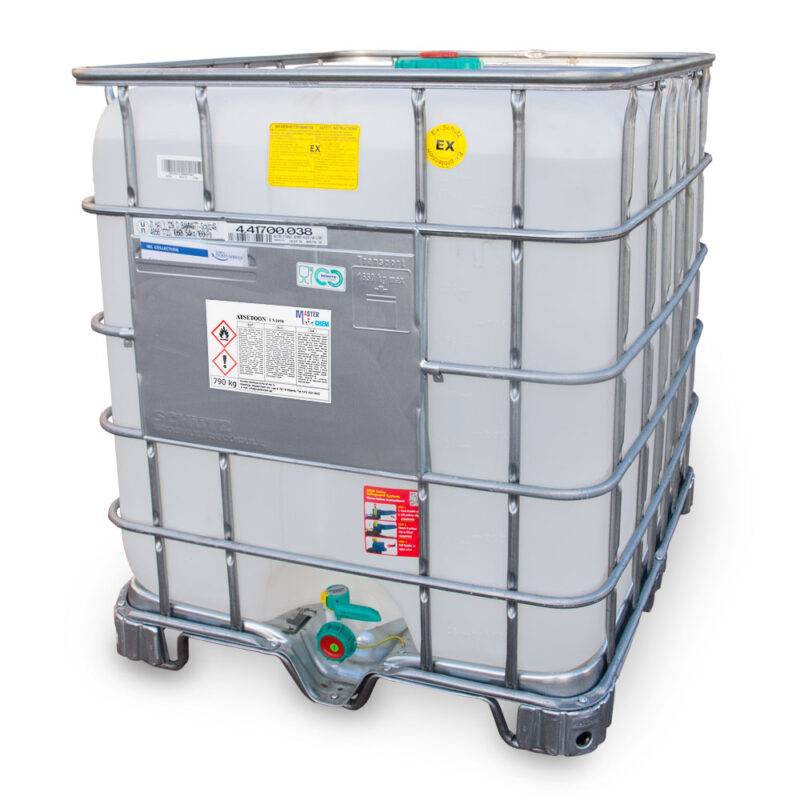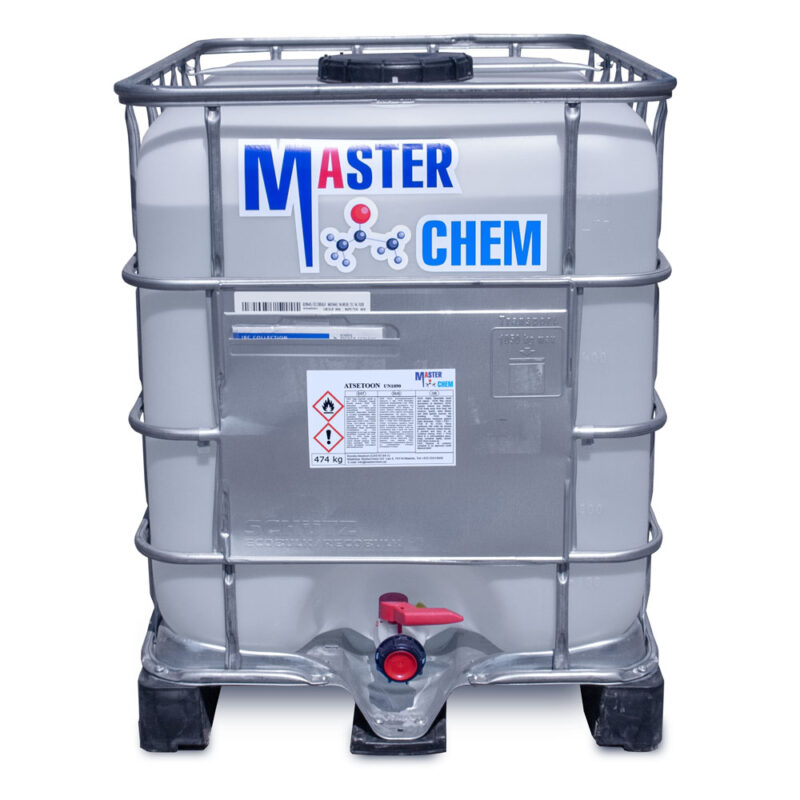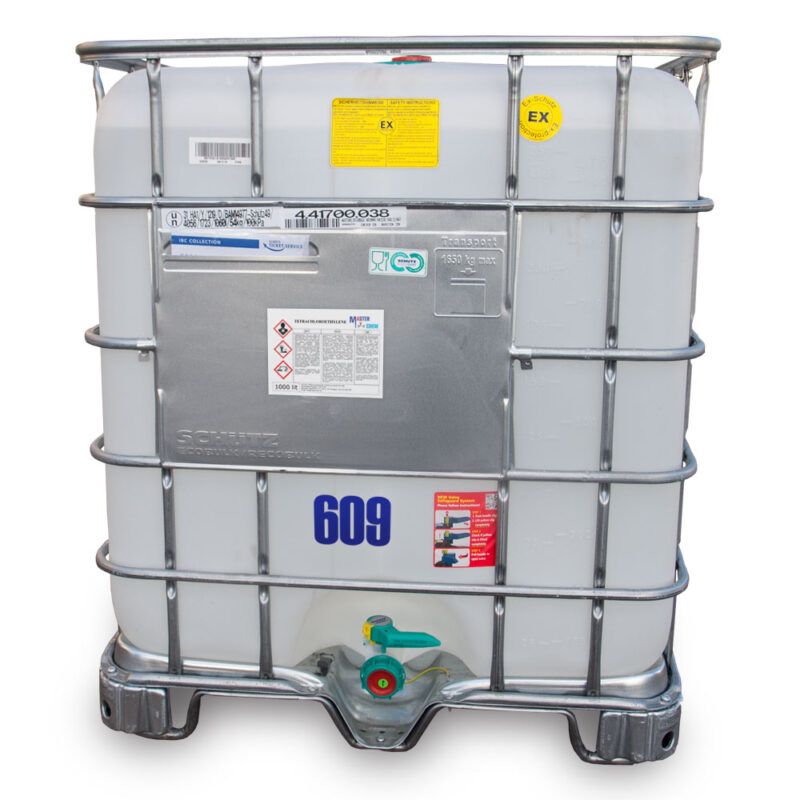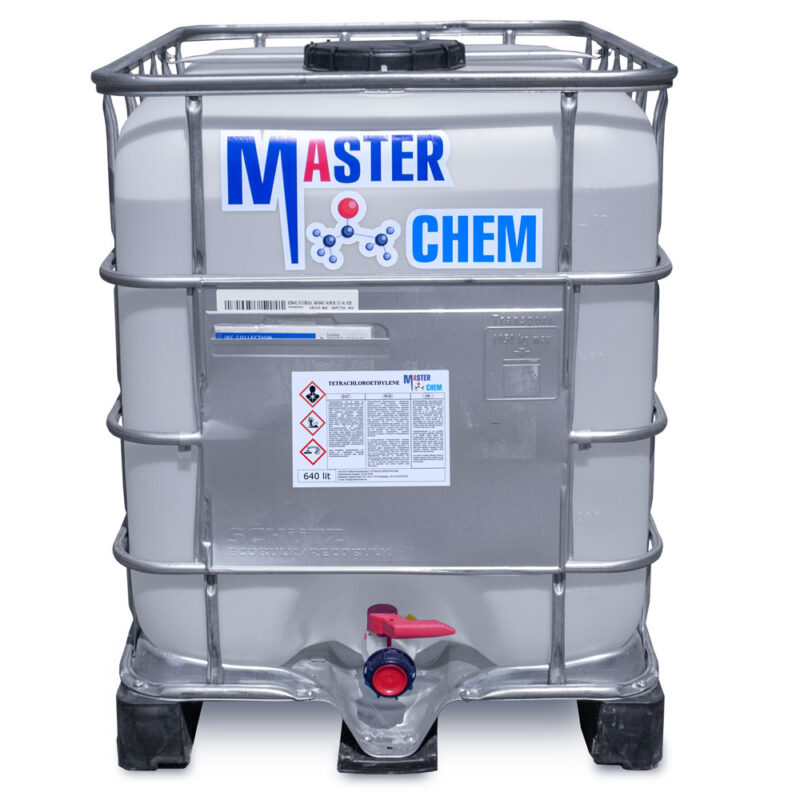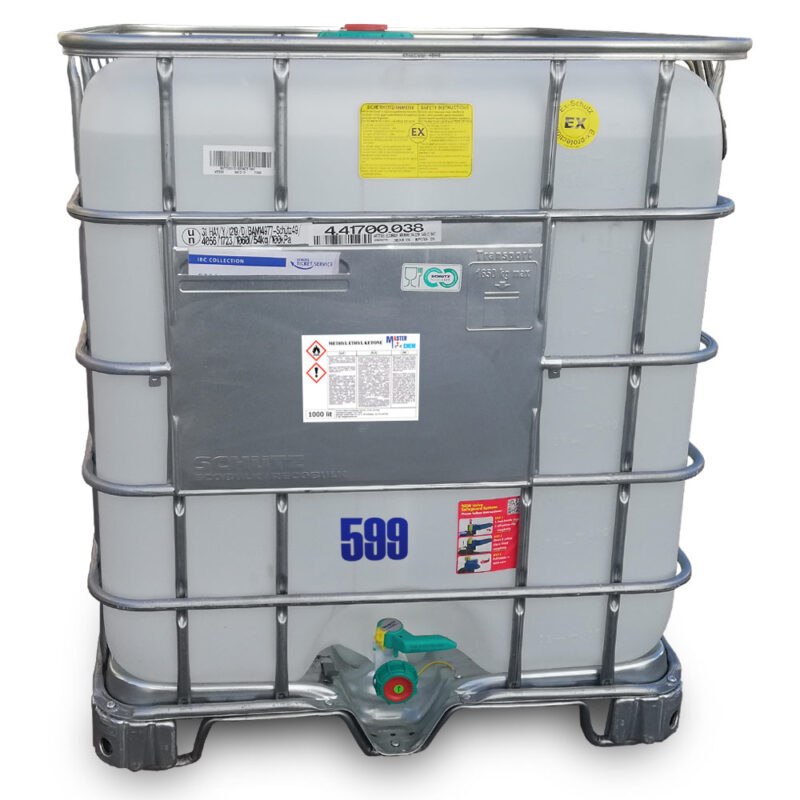Description
Application and usage:
It is a highly volatile substance and, when used as a solvent component of paints and printing inks, improves the wettability of some pigments and dyes. It has a good solubility with respect to nitrocellulose, chlorinated rubber, polyvinyl acetate, polyvinyl butyral, ketone and ketone-formaldehyde resins, shellac, rosin, phenol-, melamine – and carbamidformaldehyde resins, alkyd resins, polyacrylates, polymethacrylates, castor and linseed oils, copolymers vinyl chloride. As well as acetone as a solvent, it does not dissolve copal resin, rubber, cellulose acetate, polystyrene, polyvinyl alcohol and polyvinyl chloride.
Due to its faint pleasant smell, methoxypropanol is extremely suitable for use in nitrocellulose lacquers intended for coating wood, paper and metal. Being a moderately volatile solvent, it improves the permeability of the paint, the flow properties and the gloss of the paint coating; it also prevents clouding and the formation of surface defects such as bubbles and the “fish eye”effect. Therefore, when using it, as well as solvent P 646, the material is a very important component of successful work. The addition of methoxypropanol does not increase the drying time of paint systems. It increases dilution with inexpensive solvents, reduces and stabilizes the viscosity of the paint and improves the covering properties of the paint.
Methoxypropanol causes a very weak swelling of the paint coating, so it promotes the application of a layer of paint on the previous layers of the coating. It is used as a solvent in printing inks (flexographic, gravure printing on packages) to improve gloss and fluidity. Due to its good solvent properties with respect to dyes and the ability to wet pigments, it enhances the color of printing inks.
Physical properties
Boiling point +1170 C

